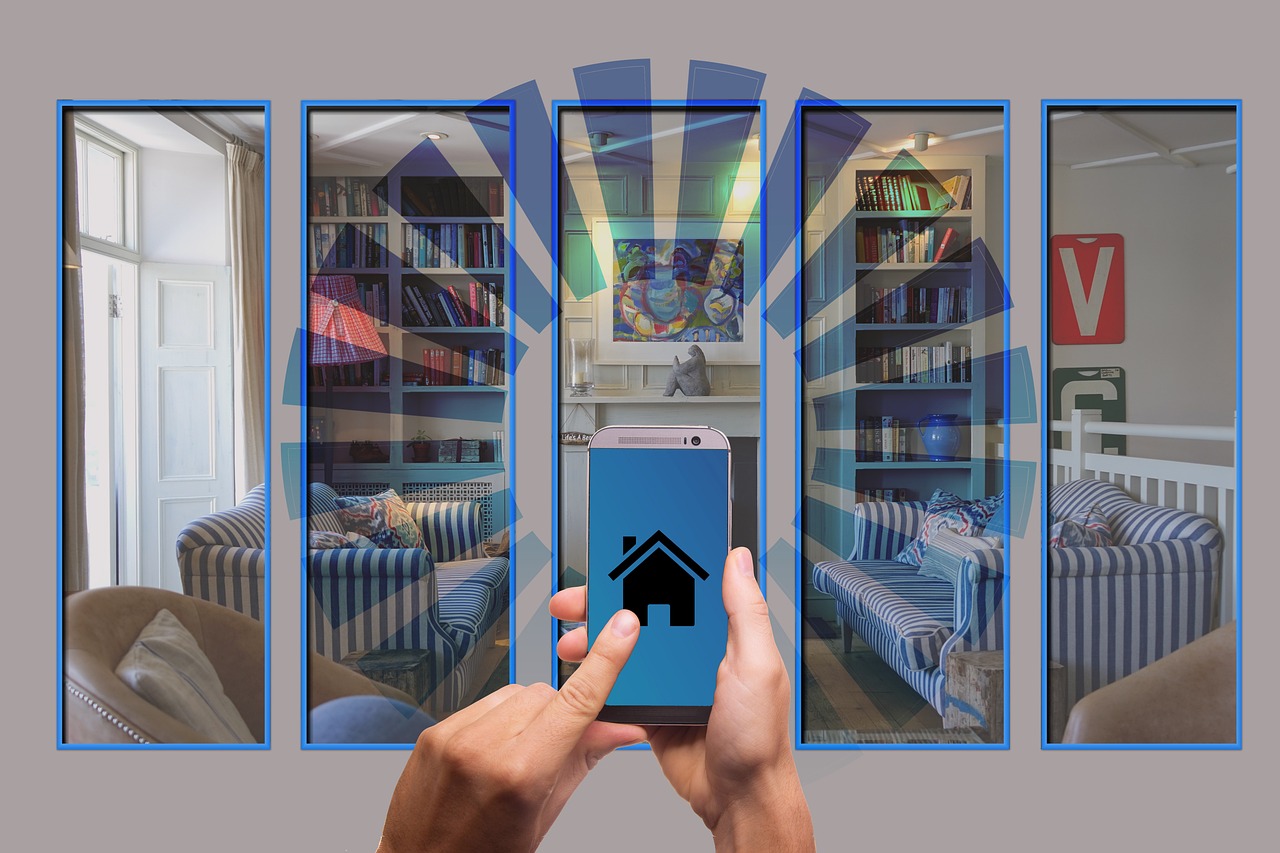Installing a Loxone smart home system transforms complex automation into a seamless experience. This guide breaks down essential steps, tools, and compatibility tips to ensure smooth setup. Whether you’re a DIY enthusiast or seeking professional help, understanding the installation process empowers effective and efficient smart home control.
Guide to Installing a Loxone Smart Home Automation System
Loxone installation offers numerous benefits, including seamless integration of lighting, climate control, security, and more. Proper setup maximizes energy savings and user comfort, making daily routines effortless.
Also to discover : Unlocking venture capital: innovative strategies startups can use to stand out in a crowded market
Many residents and business owners opt for Loxone installation to simplify control over multiple systems. It enhances convenience in homes and commercial spaces by centralizing management through the Loxone app or dedicated wall panels.
Choosing between DIY and professional Loxone installation depends on skill level and project complexity. While DIY setups may suit simple configurations, professional installers ensure optimal performance, safety, and compatibility especially for extensive or commercial systems.
This might interest you : Top strategies for effective risk assessment in it projects: a comprehensive guide
The emphasis on precise Loxone installation adapts to various environments, with both wired and wireless options tailored for each site. This approach guarantees a reliable, future-proof smart home setup.
Preparing for Loxone Installation
Tools and Materials Required
A successful smart home setup starts with gathering the right equipment for seamless Loxone integration. Essential tools include wire strippers, screwdrivers, cable testers, and a reliable laptop for installing automation software and programming the Loxone Miniserver. Collect compatible wiring, network cables, and Loxone Tree technology components to aid in wiring smart home components. Proper cable labeling ensures an organized smart home network setup while reducing installation mistakes. For mounting devices like smart thermostats or the Loxone Intercom system, have wall anchors and level gauges handy.
Compatibility and Planning
Careful planning is vital when preparing your home automation system. Confirm your smart home control panel, sensors, and other devices are compatible with the Loxone smart home ecosystem this avoids frustration later. Factor in your current wiring infrastructure to decide between wireless smart home options and full rewiring. Before installing Loxone devices, prepare a checklist based on device compatibility, the need for Loxone configuration, and possible network requirements to ensure smooth smart home network setup and device syncing.
Safety Precautions and Best Practices
Safety should always come first. Before wiring smart home components, switch off the main power. Use protective gloves and tools with insulated handles. Adhering to professional smart home installation tips can prevent common DIY errors, like overloading circuits or mislabeling cables. If unsure, consult experts for Loxone automation configuration and smart home sensors calibration, guaranteeing both personal safety and long-term system reliability.
Step-by-Step Installation Process
Downloading and Installing Loxone Config Software
Begin the smart home setup by downloading Loxone Config. Precision is essential: ensure you use a supported Windows version, as Loxone configuration does not work on obsolete systems. Mac users must first install Windows with virtualization tools before launching the Loxone configuration platform. Select language preferences and install shortcuts to streamline future smart home automation. These steps lay the groundwork for seamless smart home installation.
Connecting Hardware and Setting Up Network
Connect the Loxone Miniserver as your central smart home hub. Wiring smart home components involves securely linking all core elements: Loxone Tree technology, smart home sensors, and input/output devices. Proper smart home network setup is critical—devices like thermostats, security modules, and multi-room audio endpoints require structured wiring or wireless smart home options for flexibility. Integrating smart sensors and assigning system addresses in Loxone ensures accurate connectivity across your home automation system.
Configuring Devices and Creating Automation Rules
Once all Loxone devices are recognized, Loxone configuration proceeds to defining automation behaviors. Use the intuitive Loxone App to assign functions lighting scenes, energy management with smart devices, and security routines. Configuring multi-room audio, automated climate control, and presence-based smart home automation transforms daily routines. Test each device within your smart home control panel to guarantee reliability, security, and energy efficiency through personalized smart home automation.
Integrating Key Smart Home Features
Installing and Mounting Control Panels and Touch Surfaces
Precision-guided mounting of a smart home control panel ensures seamless interaction with every automated feature. Start by selecting optimal wall locations that centralize access. Loxone Touch Surface mounting aligns with key touchpoints—kitchens, hallways, or living zones offering responsive control. Use the correct tools for wiring smart home components, and always verify compatibility with existing infrastructure. Hands-on Loxone configuration accelerates the process, ensuring every touch surface responds instantly. For wireless smart home options, ensure surfaces operate reliably by testing connectivity during installation.
Setting Up Smart Lighting Scenes and Controls
Setting up smart lighting means configuring tailored scenes for comfort and efficiency. With a smart home control panel and the Loxone app, users adjust brightness, warmth, and scheduling for every room. Loxone Tree technology supports both wired and wireless scenarios; linking appliances simplifies smart home automation while reducing complexity. Use energy management with smart devices to automate lighting in response to presence or time, unlocking further savings. The seamless automation experience allows for grouping lights by mood or need, enhancing both ambience and efficiency.
Connecting and Calibrating Sensors and Security Devices
Smart home security integration relies on precise sensor calibration. Integrating smart sensors for motion, humidity, or temperature improves home automation system performance. Test and sync each device within the smart home control panel, ensuring Loxone configuration grants unified oversight across smart home sensors calibration. For comprehensive security, add Loxone Intercom and smart doorbell installation to centralize alerts and entry management. A thorough test of automated security systems ensures reliable defence, prompt notifications, and robust smart home functionality testing.
Troubleshooting and Maintenance
Troubleshooting smart home installation often starts with the Loxone configuration step. If the Loxone Config software does not install, check Windows compatibility: only Windows 7 SP2, Windows 8, Windows 8.1, and Windows 10 are supported. MacBook users must use virtualization software Bootcamp, Parallels, or VMware Fusion for installing automation software correctly. Avoid Wine, as it does not successfully support the Loxone Config download or subsequent tasks.
Installation errors can also occur due to network settings or incomplete wiring smart home components. Verify that each device, especially when integrating smart sensors or using Loxone Tree technology, has a stable connection to the central smart home control panel.
Smart home maintenance tips focus on system software health. Schedule regular smart home system updates and device firmware checks through the Loxone app. This keeps every part including the smart thermostat installation and smart home security integration responsive and secure.
Optimizing system performance relies on reviewing your home automation system setup. Periodically revise Loxone Intercom system settings, confirm consistent smart home network setup, and use the Loxone app to monitor motion sensor setup or energy management with smart devices. Staying current with system updates and scalable features helps prevent downtime and maximizes convenience.






